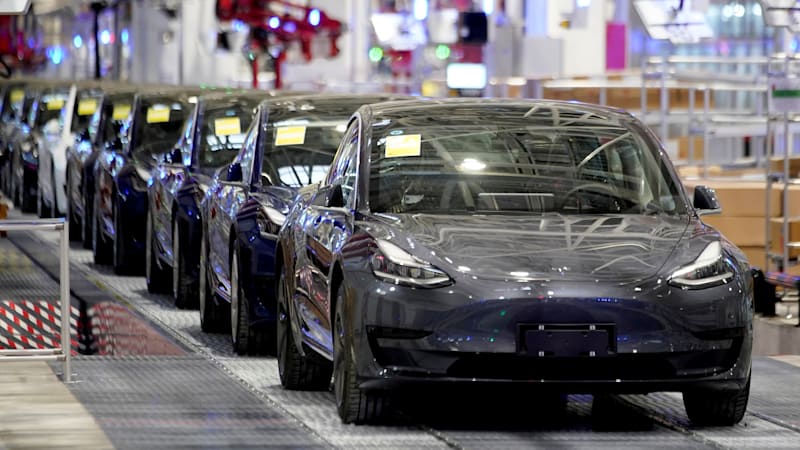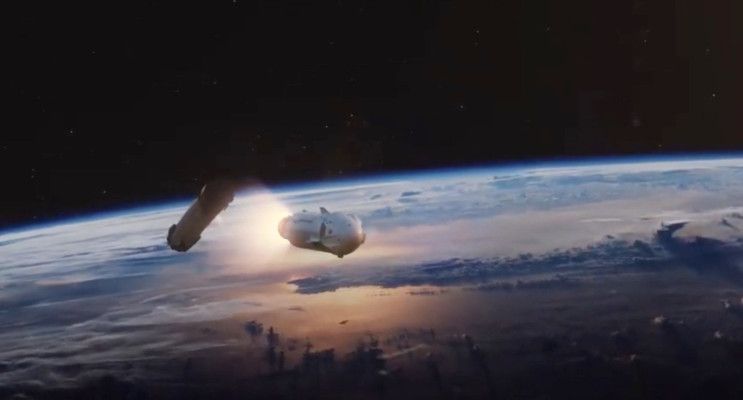The guys from MachEClub.com found the patent drawings and shared them with us.
Ford has recently given two good news about the Mustang Mach-E. The first is that its charging will be 30 percent faster than previously thought. The second is that is fast charging infrastructure will be expanded. But what if you do not have how to charge at home? A patent shows a unique solution for that: a solar charging inflatable cocoon.
The patent revealed by the user machstang at MachEClub.com shows that Ford thinks the roof is too small for solar charging. With that in mind, Ford engineers conceived this inflatable cocoon that expands the solar charging surface available.








